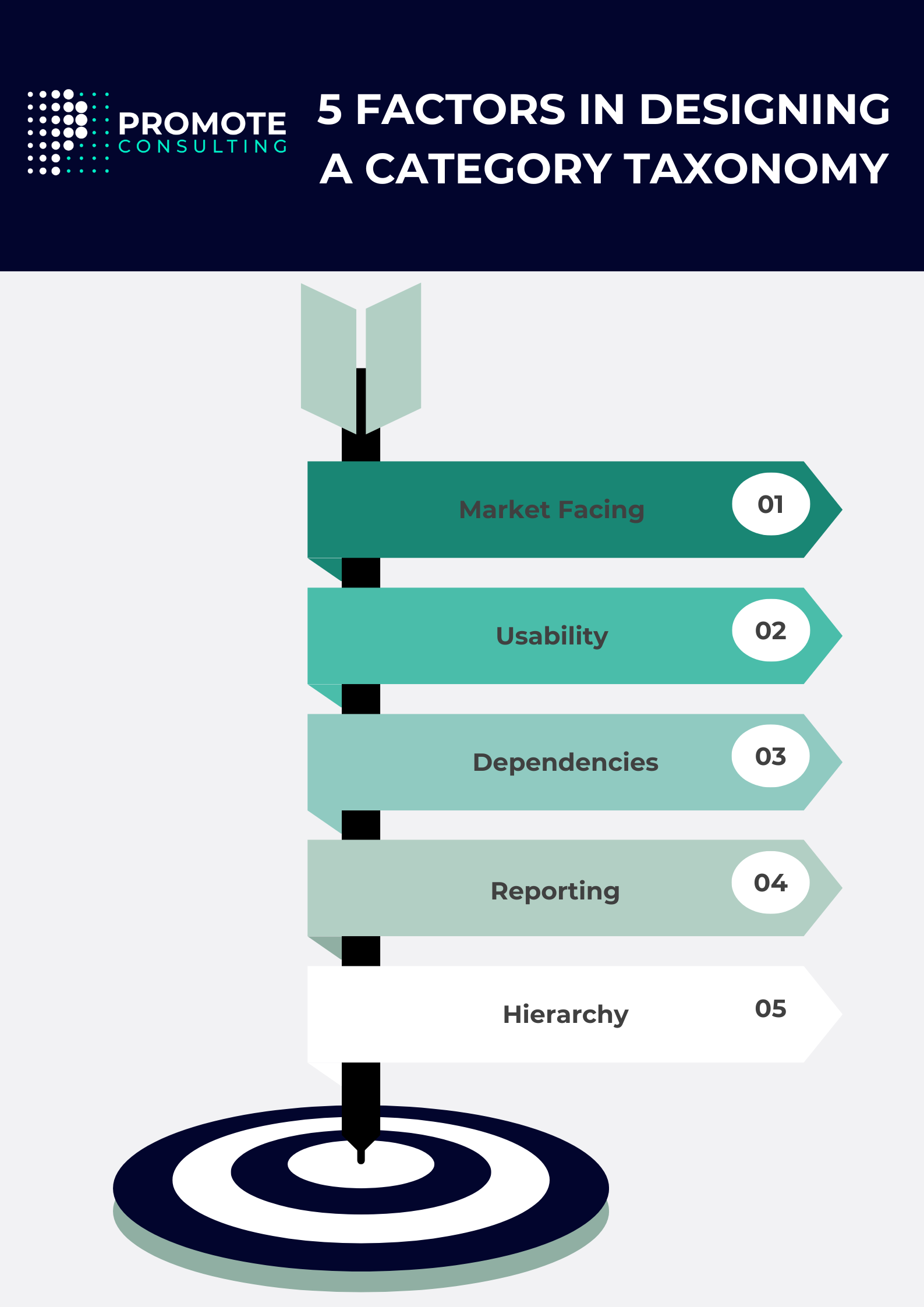
Your categories should reflect how your supply chains operate—not just internal needs. Are they built with the market in mind? Ensure your taxonomy speaks the same language your industry uses.
Simplicity is key. Your categories should be easy to understand and apply, even for those with minimal specialist knowledge. When the people who need to apply categories to transactions can can navigate it effortlessly, you’ll see smoother operations and fewer mistakes.
Think beyond just purchasing! From technical approvals to financial reporting, make sure you’re aware of all the processes tied to your taxonomy. Does it integrate with your financial chart of accounts or other existing taxonomies? Ensure nothing gets overlooked.
Your taxonomy isn’t just an internal tool; it’s essential for reporting! From statutory obligations to internal insights, ensure your taxonomy meets both legal requirements and your organisation’s reporting needs. Can you easily map it to external taxonomies when needed?
Structure matters. A well-defined hierarchy improves usability by supporting a browsing capability and appropriate reporting for different levels of your organisation. But here’s the trick—don’t overdo it! Too many levels can overwhelm users and create siloed data ; too few reduces granularity and adversely affects reporting. Usually 3/4 levels are enough.
It’s important to remember a category taxonomy defines ‘what’ you’re buying. Leave the ‘who’ and ‘why’ for your financial or project codes.
